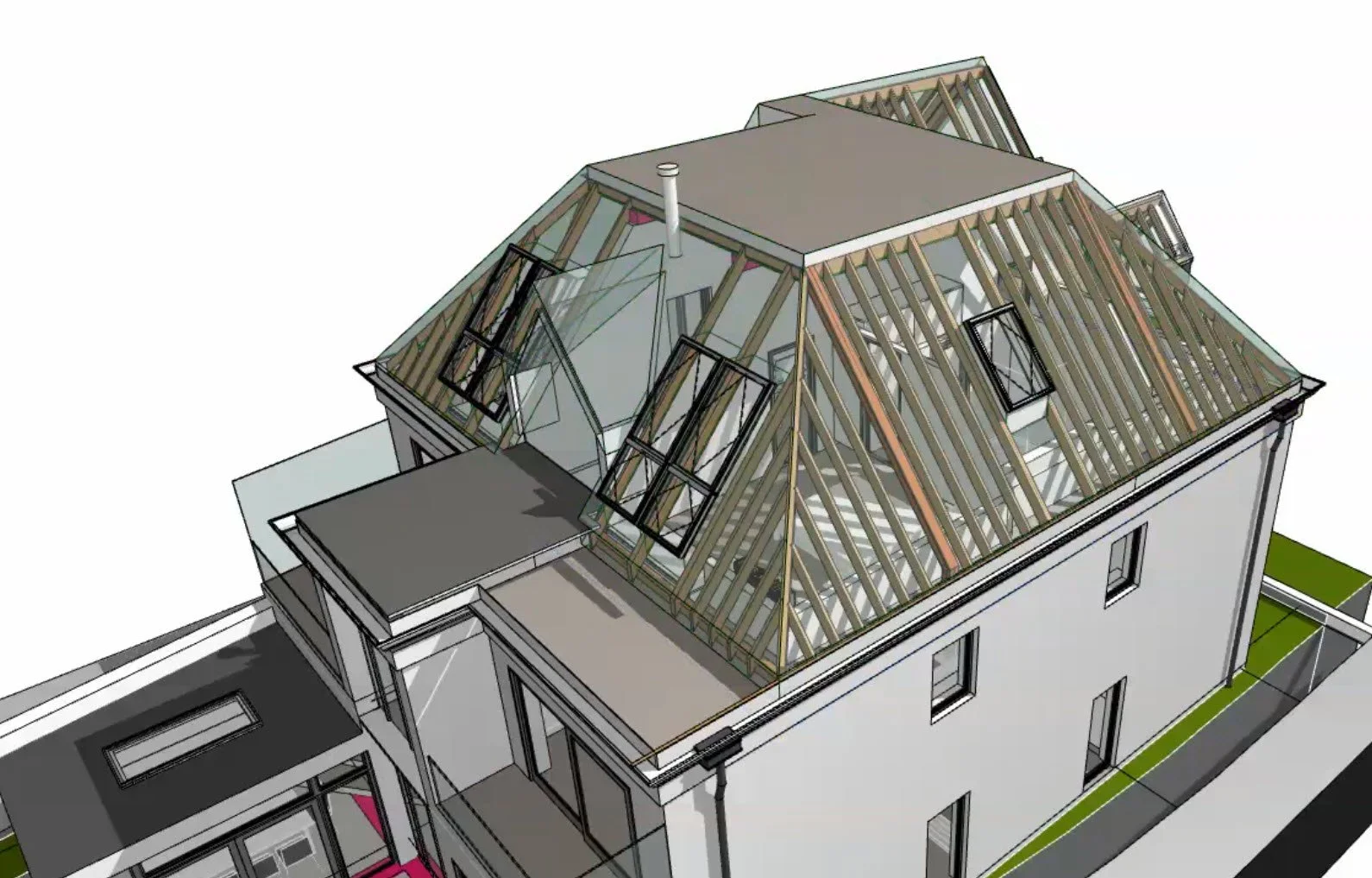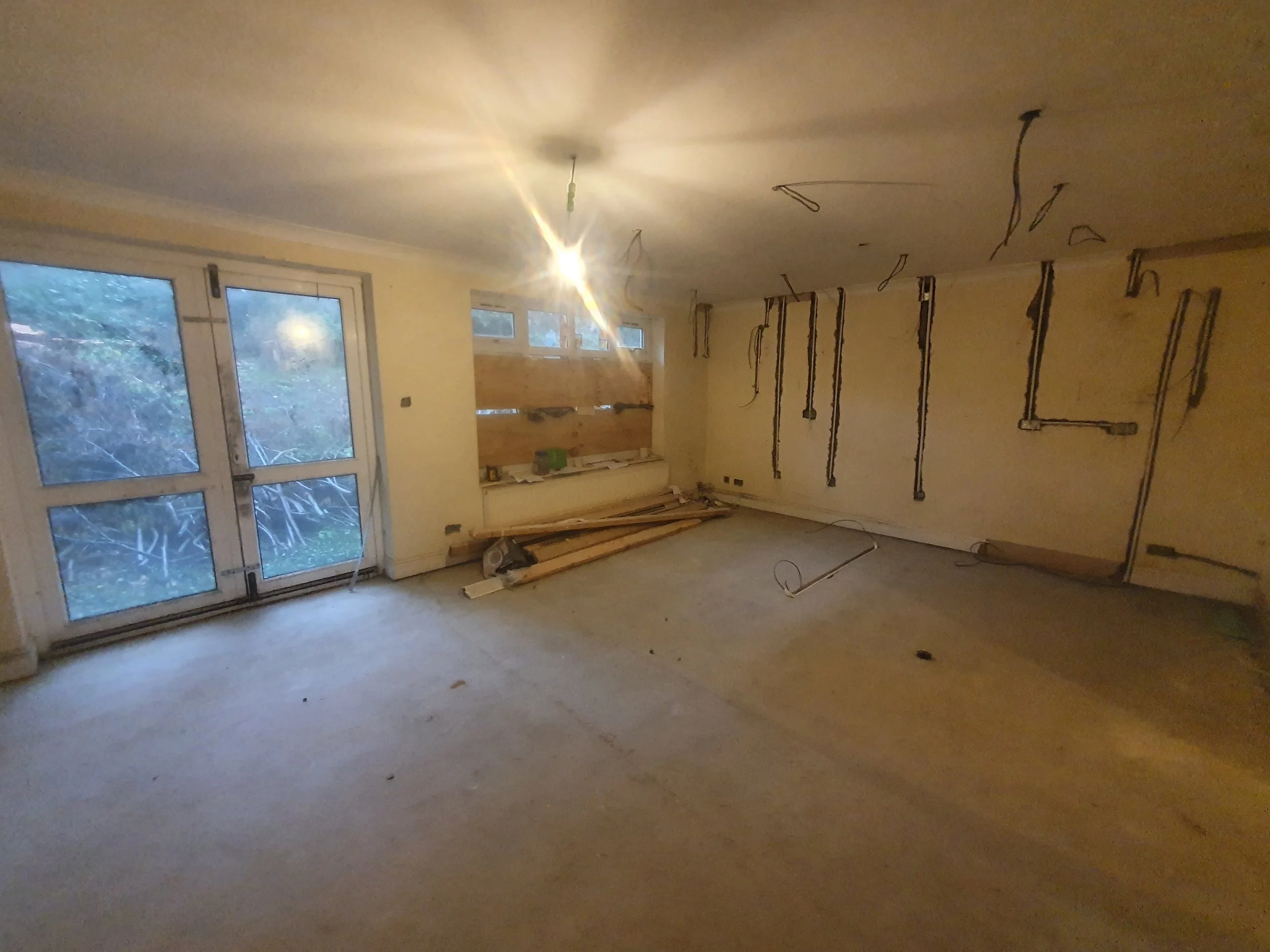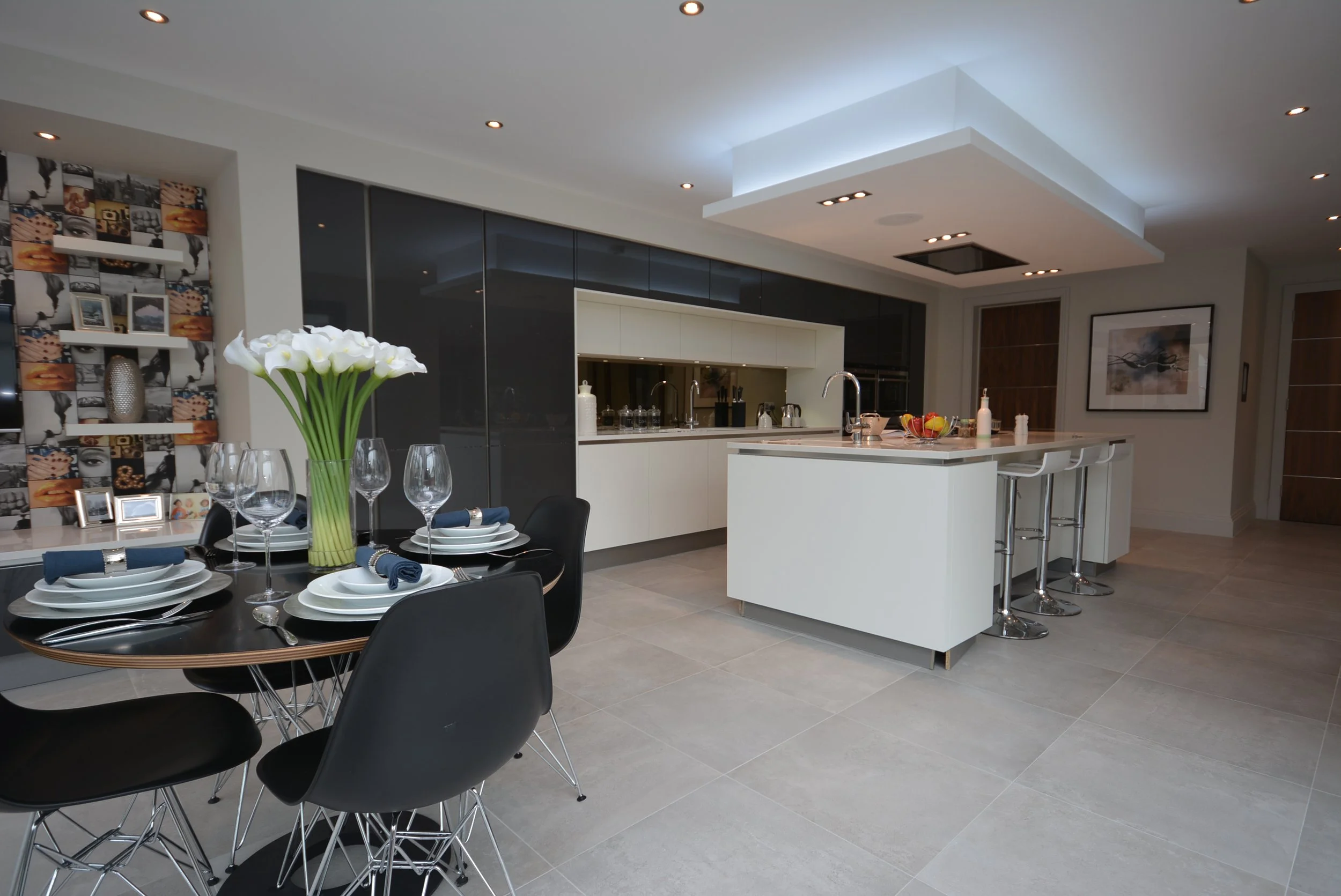A Q&A WITH ALAN GREEN | PART 2
Last week we discussed with our Managing Director some of the most common questions. We will continue today.
Hope you will enjoy it.
Q: What happens if my application is refused?
A: If your planning application is refused, despair not. You essentially have 2 courses of action available to you. The first approach is to ask your agent to negotiate an amendment with the Local Authority and arrive at a scheme that both you and the Local Authority are happy with. This will then mean that you will have to re-submit the amended planning proposal and await a decision by the Local Authority. In some instances, if the Local Authority fails to reach a decision, you can appeal on the grounds of non-determination.
The second course of action is to appeal to the Planning Inspectorate. Only the person who made the application for planning permission can appeal. Essentially there are 3 appeal routes open to you but by far the most popular for householder applications is the written representations route. Whilst the written representation procedure is the most popular and “speedy” for householder appeals, you should appreciate that an appeal decision can still take between 5 and 8 months from registration to decision.
If you wish to appeal, you must do so within 6 months of the decision having been made by the Local Authority. If you fail to do this, it is likely that the appeal will not be valid.
Q: Can I apply for planning permission for development that I have already carried out?
A: Yes, planning law does allow people to make retrospective applications.
Where unauthorised development takes place and there is a reasonable chance that it might be approved, the Council will normally invite you to submit a such a retrospective application. This is in line with Government advice in Planning Policy Guidance Note 18 (PPG18). In considering retrospective applications, the Council should not normally be swayed in either direction by the fact that the development has already taken place. Permission should not be refused just because the development was unauthorised and permission should not be granted just because the development is already there and would be expensive to remove or alter. As with any other planning application, the Council may impose conditions on retrospective applications. It may be that such conditions can help to remedy any perceived problems with the development, without the need for demolition or other more drastic action.
Q: What is a ‘retrospective planning application’?
A: I’ve heard that the owner of a site or a developer can apply for planning permission once they’ve started work. Is this true?
In some cases, yes, but an owner or developer should never rely on ‘retrospective permission’ to get unauthorised works granted permission.
Retrospective permission means that permission is granted after the work has started. Anyone doing this is taking a considerable risk and may face formal enforcement action.
Enforcement officers will only encourage an owner or developer to make a retrospective application if they consider that they might be granted planning permission for the development.
However, enforcement officers can only advise on this. The retrospective application will normally be dealt with by planning officers in exactly the same way that they deal with any application for planning permission.
Q: What is a designated area?
A: A designated area is an area which has been recognised for its quality and policies have been put in place to protect it. Examples of designated areas include national parks and the Broads, Areas of Outstanding Natural Beauty, conservation areas and World Heritage sites. If you own a property which is located within a designated area, you should seek professional advice before carrying out any works.
Q: What works can I carry out to a Tree that is located in a Conservation Area?
A: Anyone proposing to carry out work to a tree in a conservation area must give 6 weeks prior written notice to their local authority (i.e. District or Borough Council for example). This allows the opportunity to consider making a Tree Preservation Order on any tree of quality, value or public amenity, which requires further protection in the interests of visual benefits to the character and appearance of a conservation area. You do not need to give notice if you want to work on trees less than 7.5 centimetres in diameter, measured 1.5 metres above the ground (or 10 centimetres if thinning to help growth of other trees).
There are also exceptions to trees that are dead, dying or dangerous, but there is also a duty, in certain circumstances to replant. Except in an emergency you are advised to contact your Trees and Landscape Officer before cutting down or carrying out any works to trees within a conservation area as it is an offence for which you could be prosecuted.
Q: What is a Habitable Room?
A: For the purposes of density calculations, all living rooms and bedrooms are normally considered as being habitable. Circulation space i.e. hallways and landings together with kitchens and bathrooms are not regarded as being habitable rooms.
WANT TO DISCUSS YOUR PROJECT WITH ONE OF OUR EXPERT ADVISERS?
Q: What can I do if I want to be certain that the existing use of my building is lawful for planning purposes or that my proposal does not require planning permission?
A: The answer to this is to apply for a Lawful Development Certificate. Whilst not compulsory, they are extremely useful if for example you wish to sell an existing business or to have formal confirmation that the extension you may wish to carry out does not require planning permission. Once you are in possession of the necessary paperwork (from your local authority), the form will ask for specific information which will assist the planning authority in the determination of your case.
Please be aware that you will pay a fee and your application can in certain circumstances be refused. Given the complexity of the information the planning authority require, it may prove beneficial to seek the assistance of a planning consultant to help you with this. If your application is refused, or is not determined within the prescribed time limit, you can appeal to the Planning Inspectorate.
Q: What is a Listed Building?
A: It is a building or structure which is officially designated as being of special architectural, historical or cultural significance. Today, there are approximately 500,000 buildings in the United Kingdom which enjoy this designation. Apart from buildings, listing extends to and includes structures such as bridges, sculptures, war memorials, mileposts and milestones.
If you live in a listed building, you may not demolish it, extend or alter it without the prior consent from you local planning authority. As owner of a listed building, your responsibility extends to repair and maintenance and failure to do so can result in criminal prosecution. Living in a listed building can therefore limit the options available for significant expansion or improvement. For example, if you wish to change the existing windows with replacement double glazing, you would require consent. The listing also covers both the exterior and interior so that major changes to the floor layout for example would require approval before any changes were implemented.
Owning a listed building is both a pleasure and a responsibility. If you intend to buy a listed building with the intention of undertaking large scale alteration works, it is recommended that in the first instance, you contact your local planning authority and discuss the proposals with them.
Q: Can I extend my Garden into the adjoining fields?
A: It is highly likely that you would require planning permission to this.
Whilst you may own the adjoining fields, in planning terms, you would be changing its use from agricultural land to residential garden. Our advice to you is to check with your local planning authority before you do this.
Q: Can I convert my Office into Residential Accommodation?
A: You would require planning permission for the change of use. Whilst planning permission would be required, in certain circumstances, the local planning authority may well look favourably on this (dependant on the location of the unit and present planning policy). The reason for this is that the unit will help contribute toward meeting your local authority housing targets and a town centre location would meet the government’s sustainability principles by reducing the need to travel with shops and public transport closer to hand.
Q: Can I Construct a means of Access from the Road to my House?
A: You will require planning permission if you answer Yes to any of the following:
Is the means of access onto a classified road? A classified road will include all trunk roads, A and B roads and some other roads.
Will the means of access be constructed independently of any other development such as a garage?
Q: Can I use my Holiday Home to Live in Permanently?
A: If the property you intend to live in was built specifically for that purpose of providing holiday accommodation, then there may well be planning conditions limiting its occupation. For example, I played golf at a leisure resort recently and one of the stipulations was that the accommodation provided on site could not be lived in permanently. If you wanted to pursue this, you would have to apply to your local planning authority for a change of use.
Alan Green
BA hons, Dip Arch
Studying at Greenwich University where he was a nominee for the RIBA Presidents Medal. Alan has now over 12 years experience working within the construction and architectural industry. Working for a RIBA practice he dealt with a wide variety of projects from new build, commercial projects, public building to zero carbon homes, each project required extensive planning and construction expertise.
He founded A9 Architecture Ltd in 2010 which is a successful local architectural practice that specializes in planning and building regulations, while trying to push the limit of design innovation within a restrictive planning system.












